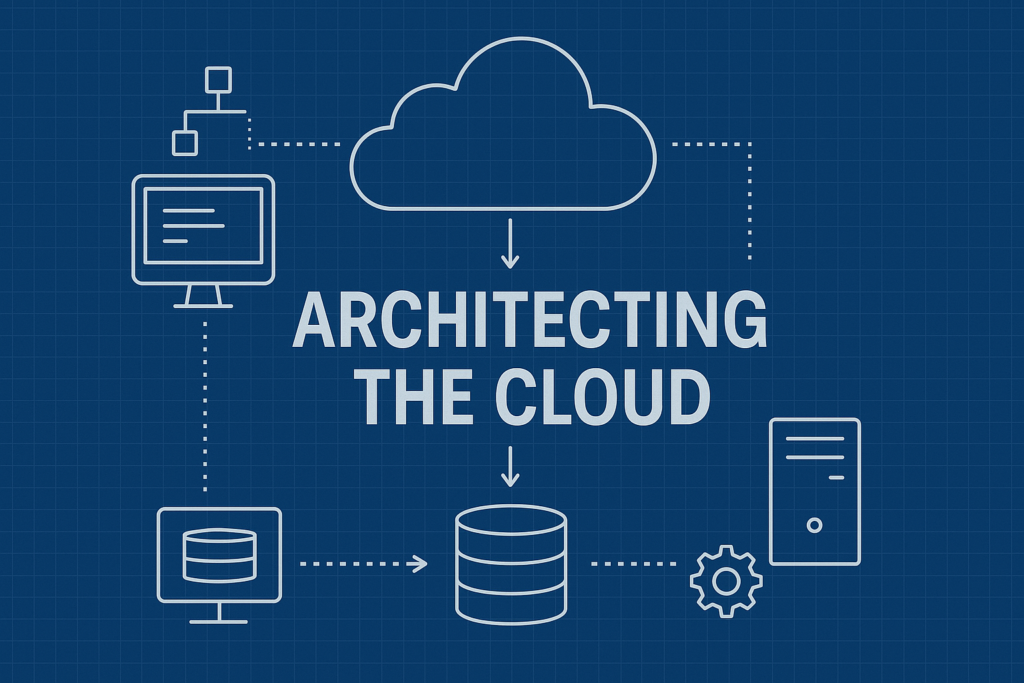The future of digital interaction is approaching faster than most realize, and at its core lies the convergence of two powerful forces: 6G connectivity and the metaverse. As immersive virtual experiences move beyond hype and into real-world applications, cloud infrastructure must evolve to support the high-bandwidth, ultra-low-latency demands of this next wave.
What Is 6G and Why It Matters
6G is expected to succeed 5G around 2030, delivering speeds up to 100 times faster, microsecond-level latency, and intelligent network orchestration. With the capacity to support real-time holograms, tactile internet, and AI-powered communication, 6G isn’t just about faster internet—it’s about enabling entirely new digital experiences.
For the metaverse, this is crucial. Real-time rendering, multi-user interaction, haptic feedback, and contextual intelligence all demand a level of performance that 5G cannot reliably provide at scale.
The Cloud Backbone of the Metaverse
The metaverse, by design, relies on cloud computing to:
- Host and stream vast 3D environments
- Synchronize actions across millions of users
- Deliver persistent identity and asset systems
- Integrate AI agents and digital twins
Without scalable, distributed, and intelligent cloud platforms, the vision of an open and responsive metaverse will remain out of reach.
How Cloud Infrastructure Must Evolve for 6G + Metaverse
1. Edge-Enabled Architectures
To meet 6G latency expectations, cloud services must push computation closer to users through edge nodes. Edge computing will be essential for:
- Real-time AR/VR rendering
- Localized AI inference
- Autonomous interaction within virtual environments
2. Massive Distributed Compute and Storage
The volume of data generated by metaverse applications is staggering. Cloud platforms must provide:
- Scalable object storage for 3D assets and sensor data
- Distributed file systems for low-latency access
- High-throughput, GPU-enabled compute nodes
3. Network-Aware Resource Scheduling
As network conditions become more dynamic with 6G, cloud platforms must:
- Dynamically allocate resources based on bandwidth and latency
- Support predictive scaling based on real-time demand
- Offer programmable QoS APIs for immersive apps
4. Interoperability and Open Standards
The metaverse thrives on interconnection. Cloud providers must:
- Embrace open APIs for identity, assets, and environments
- Enable cross-cloud rendering and asset portability
- Support decentralized identity and ownership models (Web3-ready)
The Strategic Role of Cloud Architects
Cloud architects must begin designing infrastructure with these trends in mind:
- Latency-first design: Latency becomes a primary architectural constraint.
- Hybrid cloud + edge orchestration: Seamlessly balance workloads across core and edge.
- AI-driven observability and automation: Monitor performance in real time and auto-tune.
This shift is not just about adopting new tech but adapting fundamental design principles to a future of immersive, hyperconnected user experiences.
Conclusion
6G and the metaverse are not distant concepts—they are shaping the roadmaps of forward-thinking organizations today. Preparing cloud infrastructure for this next wave means more than just scaling up. It requires rethinking how and where digital experiences are delivered.
For those ready to build, the time is now. Because in the future of the internet, speed and immersion are everything.



